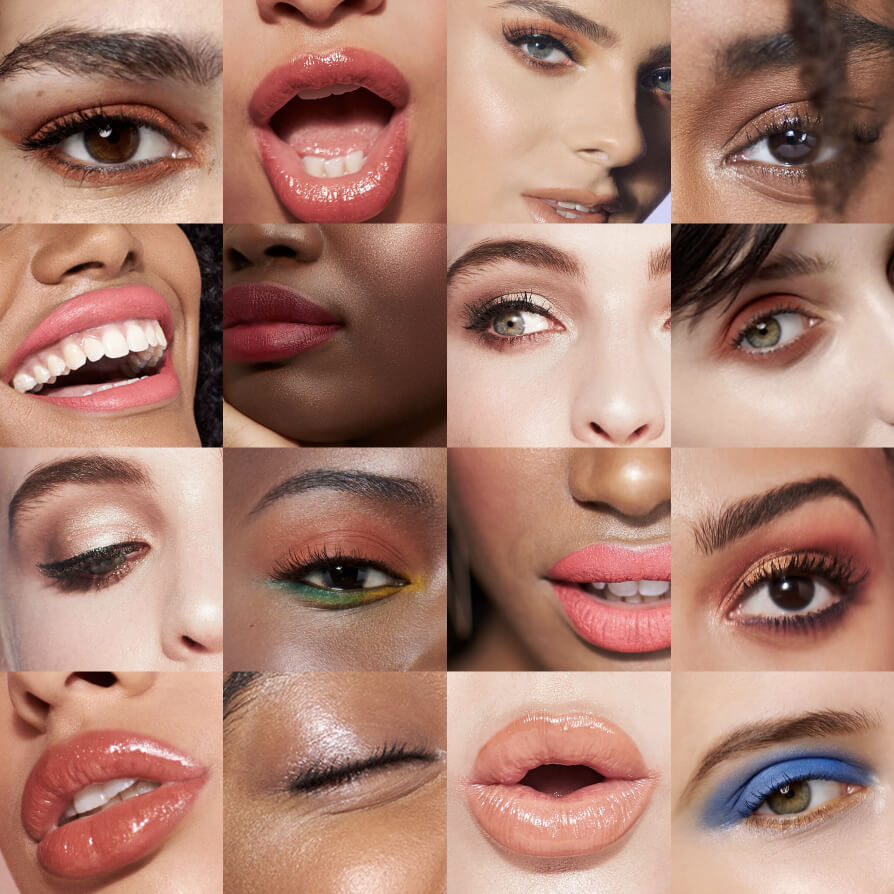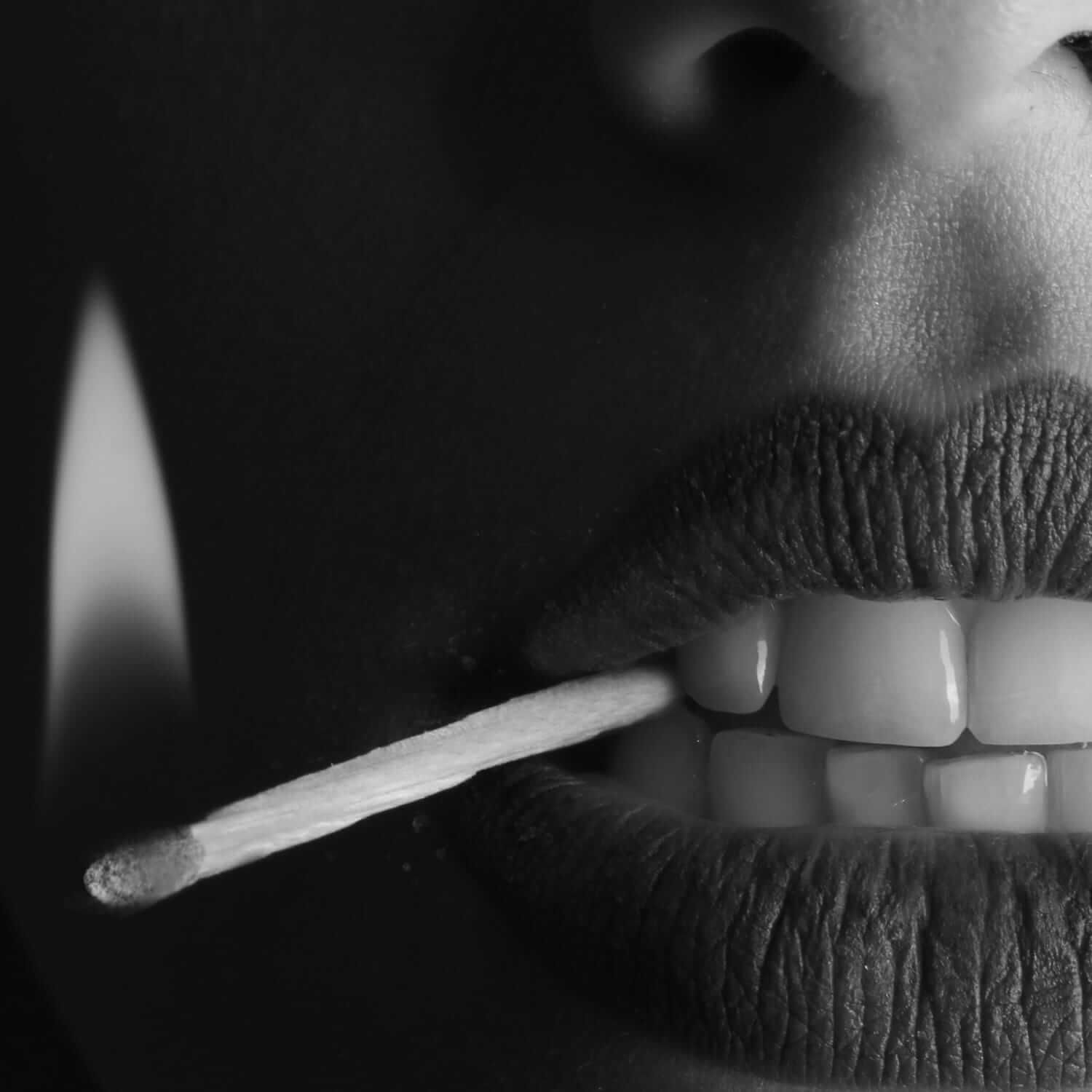Introduction
In 2004, E.l.f. (eyes, lips, face) Cosmetics revolutionized beauty marketing with its radical idea of selling $1 lipstick online. Founded by Joey and Alan Shamah, E.l.f. offered affordable, quality makeup, challenging the norm of expensive store-bought products. Quickly gaining traction, E.l.f. drew consumers with its user-friendly website and online reviews, earning $1.5 million in its first year. By 2016, it was a public company valued at $1.1 billion.

E.l.f.’s success originated from its digital focus and quick product development, but faced challenges with the rise of new digital brands. Sales dipped, leading to a strategic shift under Tarang Amin, E.l.f.’s chairman, president, and CEO. Closing retail stores, E.l.f. focused on digital and national retailers, launching “Project Unicorn” to enhance product visibility and focus on core items in its beauty marketing.
This pivot paid off. By the end of 2022, E.l.f. not only recovered but surpassed expectations with $95.5 million in profits and $391 million in net sales, outperforming established brands like Revlon. E.l.f.’s comeback was due to its adaptive strategies in product accessibility, aggressive beauty marketing, and maintaining its digital-first approach, culminating in a viral Super Bowl ad in 2023. This case study showcases E.l.f.’s journey as a model for beauty brands navigating the digital era, emphasizing the importance of flexibility, community-driven sales, and bold decision-making.
Background
In 2004, Alan and Joey Shamah, inspired by bargain-loving shoppers in dollar stores, envisioned E.l.f. Cosmetics, a brand offering affordable makeup. Starting in the apparel industry, they saw an opportunity to create quality cosmetics at just $1. Launching eyeslipsface.com, E.l.f. became one of the first online beauty brands, featuring product ratings and reviews. Despite its no-refund policy and shipping costs, it quickly gained traction, earning $1.5 million in the first year and the brand was hitting about 18,000 orders a day.
E.l.f. stood out for its high-quality yet affordable products, attracting significant customer and media attention. By 2008, the brand caught the eye of Target, offering valuable e-commerce expertise. However, finding investors was challenging until TSG Consumer Partners recognized E.l.f.’s potential, backed by impressive YouTube subscriber numbers. With new capital, E.l.f. expanded into major retail chains and opened its first store in New York City, following prestigious brands. The brand’s revenue soared to $150 million. In 2014, TPG Growth acquired a majority stake, bringing in Tarang Amin as CEO. Under Amin, E.l.f. maintained its mentality and prepared for an IPO.
Despite initial plans to find a buyer, E.l.f. went public in 2016, with shares skyrocketing on its first trading day, valuing the company at $1.1 billion. This marked a significant milestone for E.l.f., transforming it from a family-run indie brand to a publicly traded beauty powerhouse.
The Challenge
During its IPO in 2016, E.l.f. Cosmetics was thriving, expanding rapidly in retail, launching new products, and opening more stores. Despite its success, the beauty industry was evolving, with new digital-first brands like Glossier and influencer-driven lines like Kylie Cosmetics and Huda Beauty gaining ground.
The makeup market began to soften, impacting E.l.f. with a 3% drop in net sales in 2019. The once-dominant digital pioneer found itself overshadowed by the arrival of new indie brands and mega influencers. This led to concerns among investors about the brand’s future direction and stock price performance.
In response, E.l.f. launched “Project Unicorn” in 2018 to revamp its product lineup and packaging, focusing on hero products and emphasizing its cruelty-free and vegan offerings. Despite investor skepticism, E.l.f. persisted, closing all stores in 2019 to concentrate on retail partners and its digital presence. This shift allowed E.l.f. to redirect funds towards beauty marketing and digital strategies.
Despite these challenges, E.l.f. began to see improvements, with sales slightly increasing by the end of the first quarter of 2019. The company’s agility in adapting to market changes was recognized as a key strength. However, as the beauty industry faced declining sales and the onset of the Covid-19 pandemic, E.l.f. continued to strategize for its future, balancing its digital roots with the demands of being a public company and expanding its multi-brand portfolio.
Outlook on Skincare Branding
In this skincare branding blog post, we present 5 proven strategies designed to help your skincare brand strengthen its identity, optimize marketing efforts, and achieve ambitious growth targets.
The article covers strategies such as:
- Advanced brand identity, examining brands like Drunk Elephant and Rhode by Hailey Bieber.
- Advanced social media tactics with examples and methods to continuously gain new followers.
- Maximizing digital advertising by showcasing tools that understand buyer intent, the hidden benefits of Pinterest, and ways to grow customer lifetime value.
- Launching new product lines, analyzing Tatcha and its The Silk Canvas story.
- The power and rising trend of UGC content.
Game Plan
01 – A sharp focus on products
E.l.f. Cosmetics, a beauty industry challenger for nearly two decades, has continually adapted to market changes. Its ability to quickly respond to digital consumer feedback, coupled with a fast product development pipeline, has made it a favorite among younger consumers. In 2022, it even ranked as the top Gen Z beauty brand in the US.
Key to E.l.f.’s beauty marketing strategy is its focus on making beauty accessible and offering affordable alternatives to higher-priced products. This approach has helped E.l.f. capture market share from more expensive brands and resonated with consumers across income levels.
Underpinning E.l.f.’s innovation is its efficient manufacturing process, primarily handled by suppliers in China. Strategic adjustments in its Shanghai operations team have allowed for closer collaboration with suppliers, faster product innovation, and smooth supply chain management.
Project Unicorn, launched in 2018, has been a crucial component of E.l.f.’s beauty marketing strategy. It not only revamped product packaging for better retail visibility but also emphasized hero products, like the Camo Concealer, to build successful product categories. This approach has positioned E.l.f. as a leader in several beauty subsegments.
In the retail landscape, “Project Unicorn” by E.l.f. Cosmetics has led to concrete and substantial changes, enhancing both the brand’s visibility and sales efficiency. Here are two key practical impacts of this initiative:
- Increased Shelf Presence: E.l.f. streamlined its product packaging, which allowed more products to be displayed on shelves within the same space. This change meant that a greater variety of E.l.f.’s products could be showcased in stores, directly leading to higher sales per square foot of shelf space.
- Focus on Hero Products: E.l.f. shifted its strategy to emphasize its most popular products, known as hero products. This approach involved expanding product lines around bestsellers, like the Poreless Putty Primer and Camo Concealer. By concentrating on these proven successful items, E.l.f. ensured that the products most likely to drive sales were always available and prominently featured in retail spaces.
These practical measures under Project Unicorn have significantly contributed to E.l.f.’s growth in the retail sector, reinforcing its position as a leader in accessible beauty. This strategic approach of optimizing shelf space and focusing on high-demand products has been instrumental in E.l.f.’s sustained competitive edge in the rapidly evolving beauty market.
02 – The digital blueprint
E.l.f. Cosmetics, one of the first beauty brands with e-commerce capabilities, has maintained its position as the leading direct mass beauty e-commerce site in the U.S. Unlike competitors who rely on external sales platforms, E.l.f. focuses on engaging its website visitors with unique experiences, not just product replenishment. Their 2018 launch of the Beauty Squad loyalty program, which rewards members for interactive content creation and feedback, has grown to 3.5 million members by the end of 2022!
The marketing strategy of E.l.f. pivots on digital dynamism. With Kory Marchisotto joining as chief marketing officer in 2019, the brand embraced emerging platforms like TikTok, Twitch, and BeReal. Their innovative approach led to the #eyeslipsface TikTok marketing campaign, drawing 5 million user-generated (UGC) videos and nearly 10 billion views, making it one of the most successful beauty brand campaigns on the platform.
The agency of this campaign was Movers + Shakers. They were also part of the Gen Z marketing conference we attended in March 2024. If you are interested in the latest Gen Z marketing trends that we’ve learned, here is our Gen Z marketing strategies summary.
The #eyeslipsface campaign
The campaign was centered around an original song titled “Eyes. Lips. Face. (e.l.f.)” composed by Grammy Award-winning songwriter iLL Wayno. This catchy and upbeat song was specifically designed to resonate with TikTok’s user base and encourage engagement.
E.l.f. Cosmetics launched a hashtag challenge on TikTok using #EyesLipsFace, encouraging users to create their makeup looks using E.l.f. products while lip-syncing or dancing to the campaign song. The challenge was designed to be easily replicable, encouraging widespread participation.
The campaign rapidly went viral, garnering millions of views and participation from a wide range of TikTok users, including celebrities and influencers. A key strength of the campaign was its reliance on UGC video content.
E.l.f. has maintained the “eyes, lips, face, first” mentality. If a planned beauty marketing strategy isn’t suitable, they are quick to pivot to new opportunities. This adaptability was evident in their holiday “Special Radiance Report” campaign, which integrated insights from IBM Watson Advertising. In February 2023, E.l.f. made a significant move by airing its first TV commercial during the Super Bowl with Jennifer Coolidge (from the series The White Lotus), focusing on its Power Grip Primer face gel. This primer, a viral sensation on TikTok, symbolizes E.l.f.’s commitment to bridging the awareness gap between them and established brands like Maybelline, L’Oréal, and CoverGirl.
(2023 and 2024 Super Bowl ads from e.l.f. Beauty)
E.l.f.’s dynamic marketing approach, combined with a fast go-to-market strategy, has been instrumental in their sustained growth, even amid growing competition and evolving market trends.
Beauty Branding Case Study
Revitalizing an established beauty brand with an outdated image can be a significant challenge. In this beauty branding case study, we explore how we tackled this at Evolut with a Central European skincare brand aiming to shift from professional cosmetology to DTC sales. We implemented a bold PPC strategy and introduced a refreshing creative visual concept to uplift the brand’s image.

Future Strategies in Beauty Marketing
In mid 2024, E.l.f. Cosmetics was primarily dominant in the U.S., although it was looking to expand its international footprint. While the brand is already present in 17 countries, including Canada and parts of Western Europe, its global sales strategy emphasizes strengthening its international business, particularly in Europe.
E.l.f.’s disciplined approach to market entry is evident through strategic retail partnerships in key regions, like Superdrug and Boots in the UK. These efforts have placed E.l.f. among the top seven mass makeup brands in Canada and the UK. However, Milsten highlights the need for a more robust regional presence in Europe, using the UK as a model for broader European expansion.
In 2023, E.l.f. ceased its e-commerce operations in China, reflecting a broader industry trend among beauty brands. However, the company continues to maintain its primary sourcing operations in the region. This decision aligns with the evolving digital landscape in beauty, where omnichannel beauty marketing strategies are becoming increasingly crucial.
E.l.f.’s journey from a pioneering digital-first brand in 2004 to an omnichannel player demonstrates the need for adaptability in the dynamic beauty market. While the brand has had success in public markets, the fluctuating fortunes of consumer brands in recent years suggest that public listing may not always be the most favorable exit strategy for emerging brands. This shift indicates a trend where larger incumbents are acquiring earlier stage companies, a pattern that has been increasingly observed in the beauty industry.














